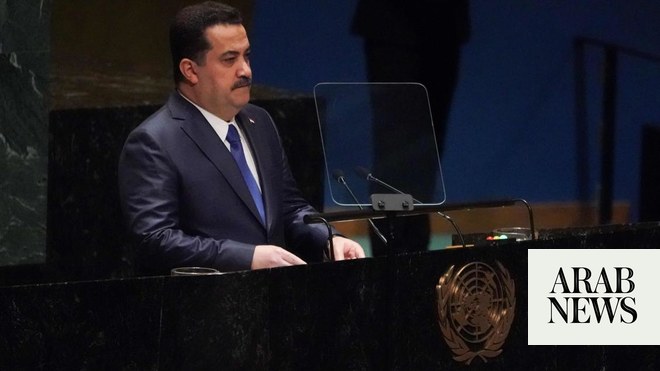
The fall of crude prices after hitting over $80 per barrel to below $70 is seen not perceived as based on fundamentals but the downturn is driven by sentiment.
The market remains uncertain mainly due to the unquantified risks from the omicron variant, and inflationary pressures. The situation is likely to clear as we approach the end of the year. One thing, however, is clear — the 2020 experience is certainly out of the way.
Yet there are bullish signals drive on the sell-side, as Saudi Aramco is reportedly poised to raise its official selling price of crude to Asia, suggesting an increase in demand for physical barrels.
The OPEC+ decision on Dec.2 to continue with its strategy to increase production for January 2022 by 400,000 barrels per day came to prove that its role is to secure supplies to the market and maintain stability.
Despite facing weak margins, an increase in refinery runs in China would, in particular, support the sour crude market in the medium term, adding a particular incentive for OPEC+ to stick to its production target of raising 400,000 bpd in January 2022. The alliance"s decision to boost production was initially received as bearish and Brent traded down toward $66 per barrel but after the group’s decision, the overall positive vaccine news pulled the market higher, a positive sentiment that continues.
Despite sticking to its plan, OPEC+ left a window open to protect against the omicron downside, with an open line between the alliance members to change the decision during December should the market situation worsen.
The relatively quick decision to go ahead with a planned supply increase with modifications is not what the market was pricing in, with OPEC+ pointing to the still-unknown impacts and severity of omicron, pending more detailed guidance from vaccine manufacturers and the World Health Organization.
After producers in the OPEC+ agreed that their meeting shall remain in session pending further developments of the pandemic, which gave some confidence to the oil market and alleviated concerns considering short-term market stability.
The oil market witnessed on Friday the largest daily price change since April 2020. The reported discovery of a new coronavirus variant led to a jump in market volatility.
In summary, volatility was driven by the omicron variant and its potential impact on oil demand, amplified by low liquidity in a bullish market. Moreover, announcements to release strategic petroleum reserves added to the uncertainty. Brent"s January contract nearing expiry also contributed.
Omicron may lead to more travel restrictions and new lockdowns in the coming weeks, adversely affecting oil demand, particularly jet fuel.
The governing council of the European Central Bank has extended its monthly net asset purchases, while it is not expecting to raise interest rates until the end of 2023. This move is likely to support economic growth going forward.
The ongoing return of refineries from seasonal maintenance will contribute to higher crude demand and could lead to a further drawdown of crude oil inventories in the weeks to come.










